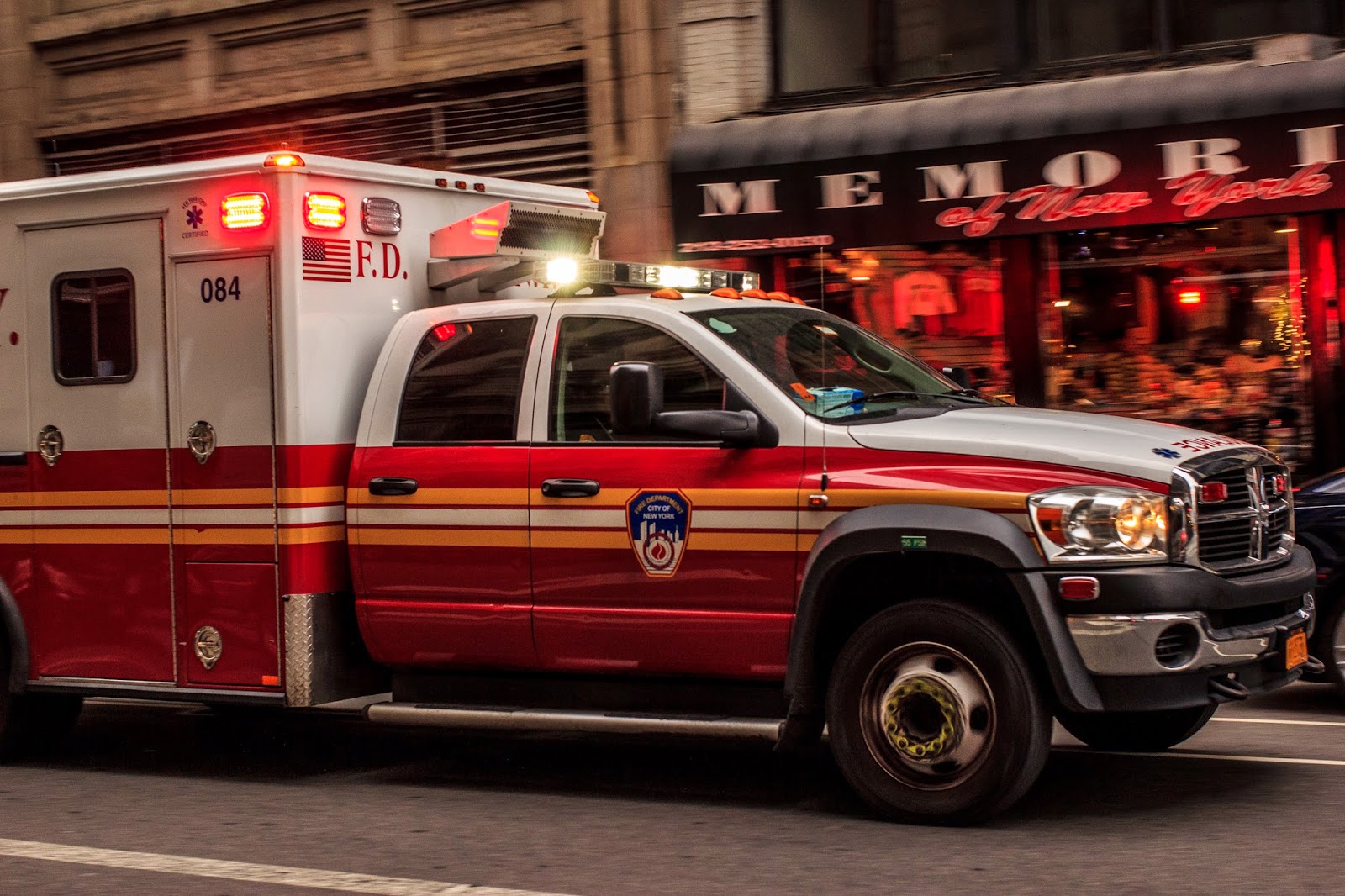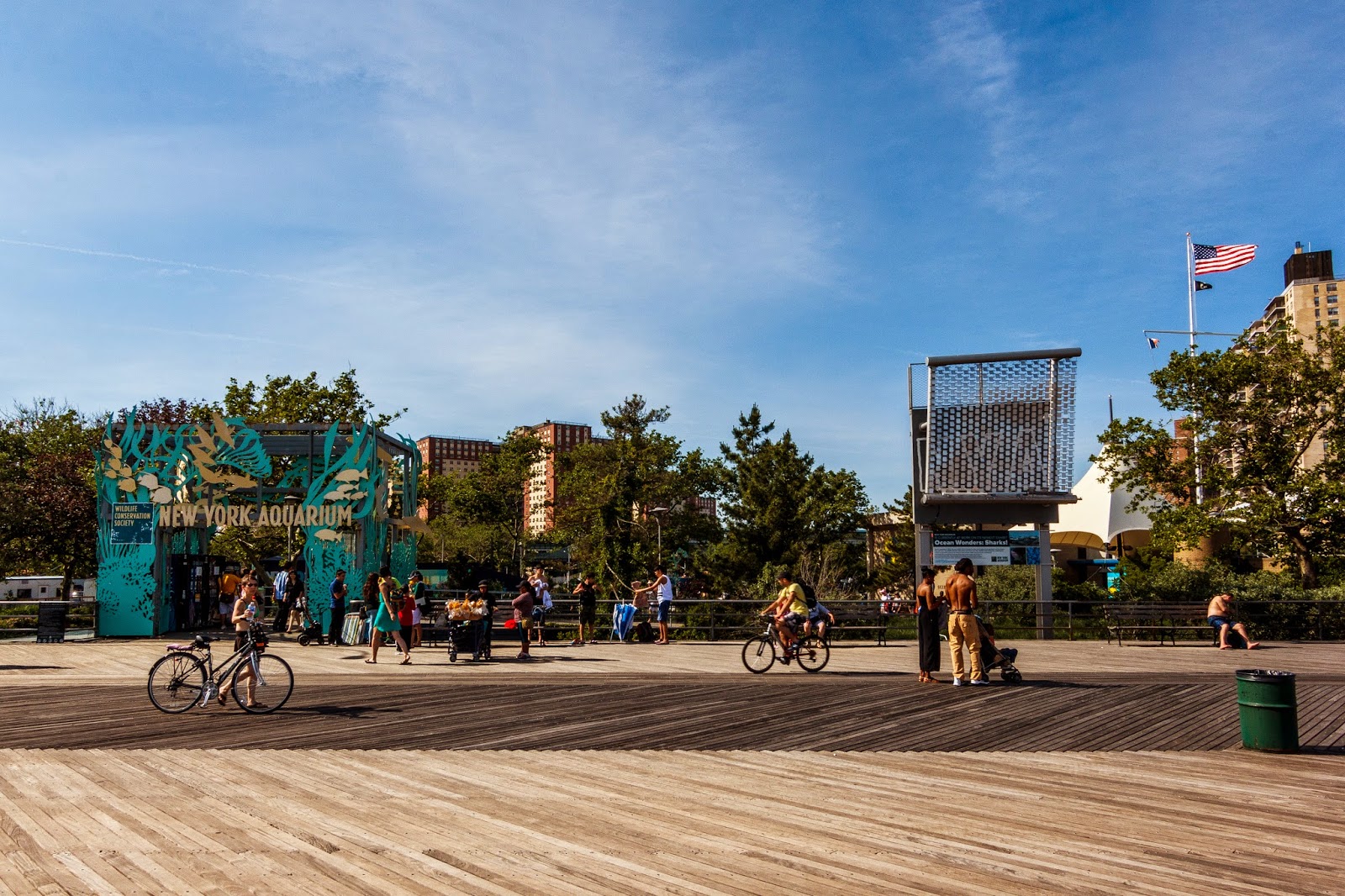 |
| Symmetry Replicated Canon 60D, Tokina Pro DX-II 11-16mm f/2.8, f/10, 1/50s, 100ISO, 11mm |
Being an amateur photographer, my budget for gear and software is very limited. Everyone knows about Photoshop, made by Adobe, but used to be too expensive for someone like me. There is always the option to obtain a pirated copy, but being older now, I don't see pirated software as an option.Adaobe has since changed their pricing model, so now Photoshop is a subscription based program. The cheapest option is the Photographer's bundle, which is Lightroom and Photoshop for $10 a month.
When I first got my dSLR, I would use the included Canon software, the Digital Photo Professional. It was good software for simple editing of RAW files. But I was wanting more functionality. I ended up discovering Adobe Lightroom. It is a very powerful piece of software at a reasonable price, I believe I purchased it when it was on sale for less than $100.
Adobe Lightroom allows for editing of RAW files, settings such as white balance, contrast, tweaking shadows, highlights, whites, and blacks levels. You can adjust the Tone Curves, manipulate individual color channels (Hue, Saturation, and Luminance). Sharpening, noise reduction, lens correction as well. And cropping, simple cloning/healing, adding graduated filters, among other items.
Another great function of Lightroom is its catalog feature. I try to make sure I tag all of my photos soon after importing, using specific keywords. New York City pictures would get a tag NYC, New York City, the boro it was taken in, time of day, location if it is a landmark. I try to include keywords of the people in the photos as well, if it was a specific event, that becomes a keyword.
But sometimes there are functions that Lightroom can't do, such as layers, complex cloning, among other things. I decided to give GIMP a try, an open source program. I had used other open source programs before, such as Open Office, Libre Office, Audacity, Thunderbird, Linux, Firefox, the browser I use to create these blog posts. Even my phone's OS, Android, comes from the Open Source movement. I found GIMP to be a little hard to get used to at first, but anyone trying Photoshop for the first time would think that was hard too.
I have found GIMP to do exactly what I need. I'm not doing fashion shoots, or creating photographs for magazine covers, so my manipulation is mostly simple level tweaking, with the occasional cloning out of an object that got into the frame.
Would love to hear if anyone else has had experience with GIMP, or any other photography related open source software. Leave me a comment below!
 |
| Original Image before GIMP edit Canon 60D, Tokina Pro DX-II 11-16mm f/2.8, f/10, 1/50s, 100ISO, 11mm |








































